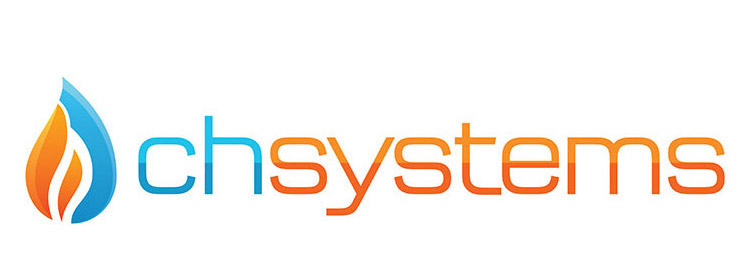A five-step plan to help your business save water, energy and money
Water is essential for business. A typical office uses around 50 litres of water per full-time employee each day. Businesses like gyms, hotels and restaurants use far more for cleaning, showers and cooking, while factories and plants can use thousands of litres in their processes. But no matter the size of your business, saving water will increase profits through lower water bills and lower energy bills (as a result of hot water reduction), not to mention the (positive) environmental impact.
Managers and business owners might not realise it but there are lots of opportunities to reduce the amount of water a business might uses, which is why Thameswater.co.uk has put together a business pack that includes a five-step plan that will enable companies to save water, energy and money. The crux of the initiative is that saving water should be a key business target, and here’s how:
• Step 1 Find out how much water you use
The aim of Step 1 is to help you understand how much water you’re using in your business as well as where that water is being used. You can do this using your past water bills on their own or, in addition, by reading your water meter on a regular basis.
• Step 2 Identify ways to cut water consumption
Before you can put any ideas into practice it’s worth looking at which areas of your business have the potential to save you water. There are two key areas to consider: leaks and water consumption of fixtures and fittings.
• Step 3 Draw up an action plan
Having an action plan is essential if you want to reduce your water consumption and reduce your bills. Having a plan helps you to prioritise your actions, communicate these with other parts of the business and motivate others to make it a success. Having spent time getting a clear picture of how water is being used on site, you should also be aware of any simple ways to save that may exist.
• Step 4 Implement your action plan
This step will give you some ideas on how you can put your plan into action. It will discuss fixing leaks and identifying excess water pressure to reduce the likelihood of leaks in the future as well as where to source water-saving devices.
• Step 5 Measure, monitor and report success
To report your achievements, either internally or externally, you’ll need to ensure that you measure and monitor the results. This will provide you with regular and reliable data to show the effectiveness of the improvement measures you’ve implemented. It will also be useful as evidence of the savings you have made.
The Thames Water business pack provides detailed advice on how to make these five steps a reality for your company, whether you’re managing a production line, restaurant or office block. CLICK HERE for more details.
If you’d like further information, feel free to contact the CH Systems team on 0208 302 8149 or info@chsystems.cc.


